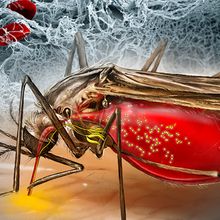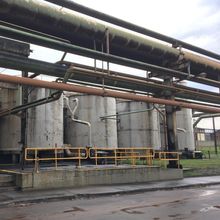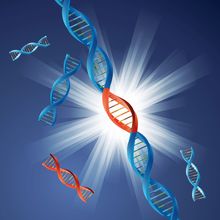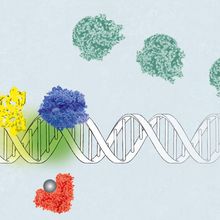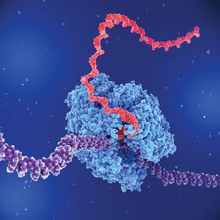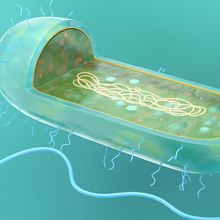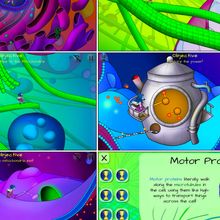Shelby Bradford, PhD
Shelby earned her PhD in immunology and microbial pathogenesis from West Virginia University, where she studied neonatal responses to vaccination. She completed an AAAS Mass Media Fellowship at StateImpact Pennsylvania, and her writing has also appeared in Massive Science. She participated in the 2023 flagship ComSciCon and volunteered with science outreach programs and Carnegie Science Center during graduate school. Shelby joined The Scientist as an assistant editor in August 2023.

